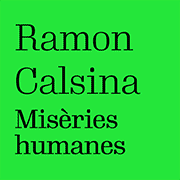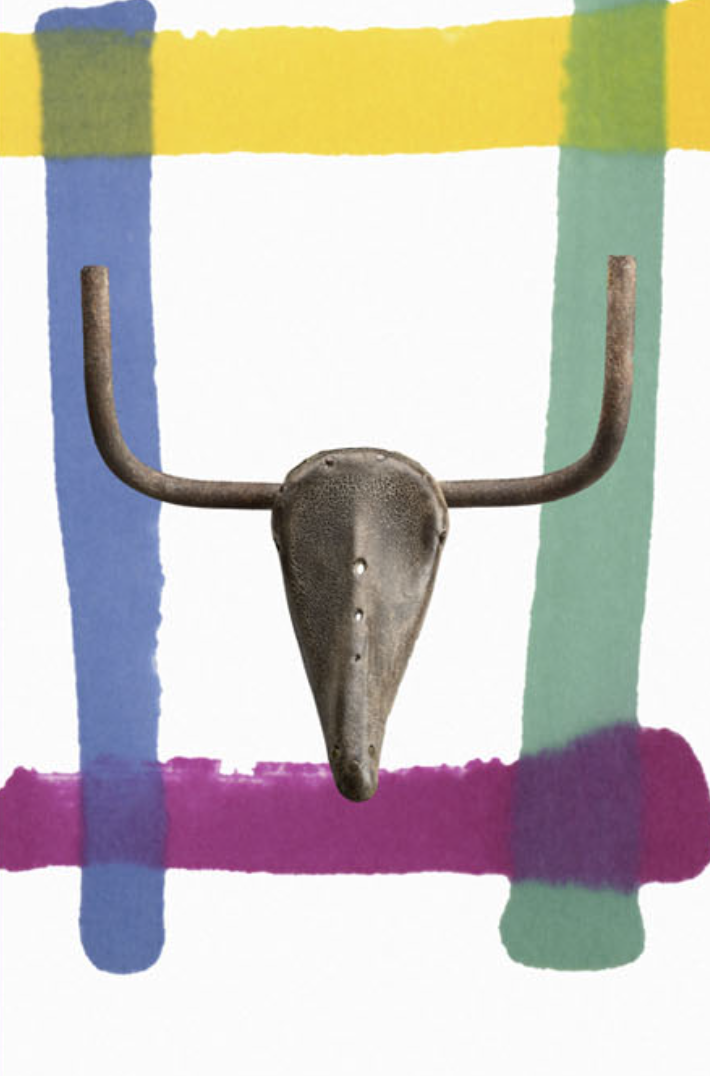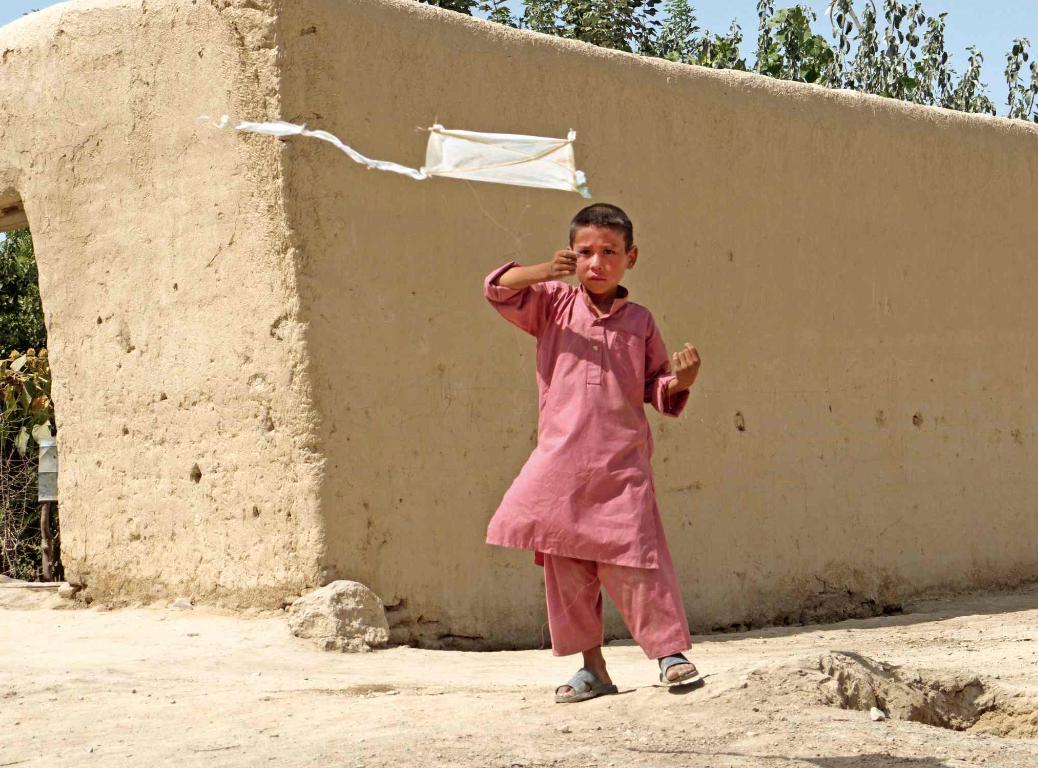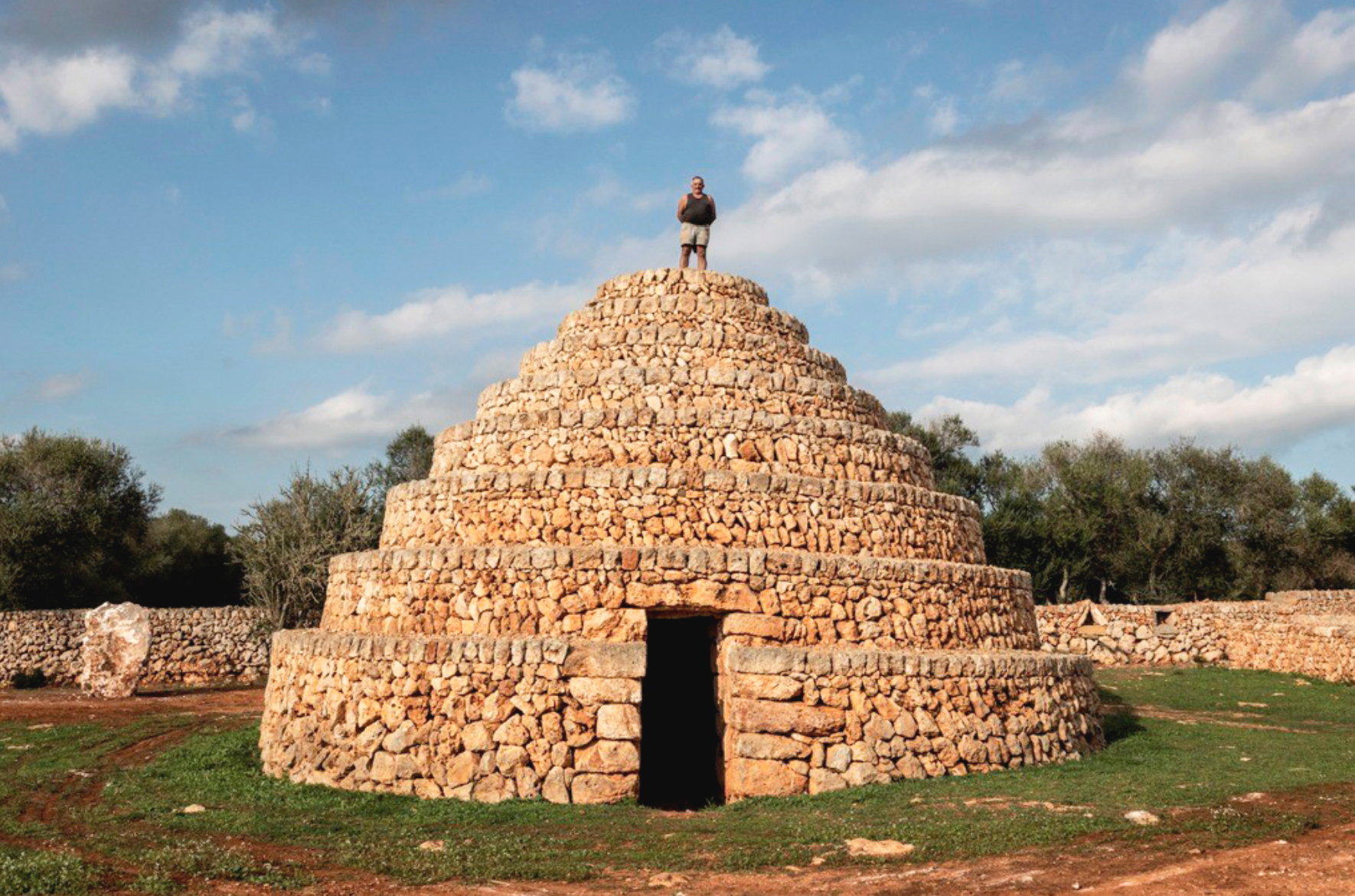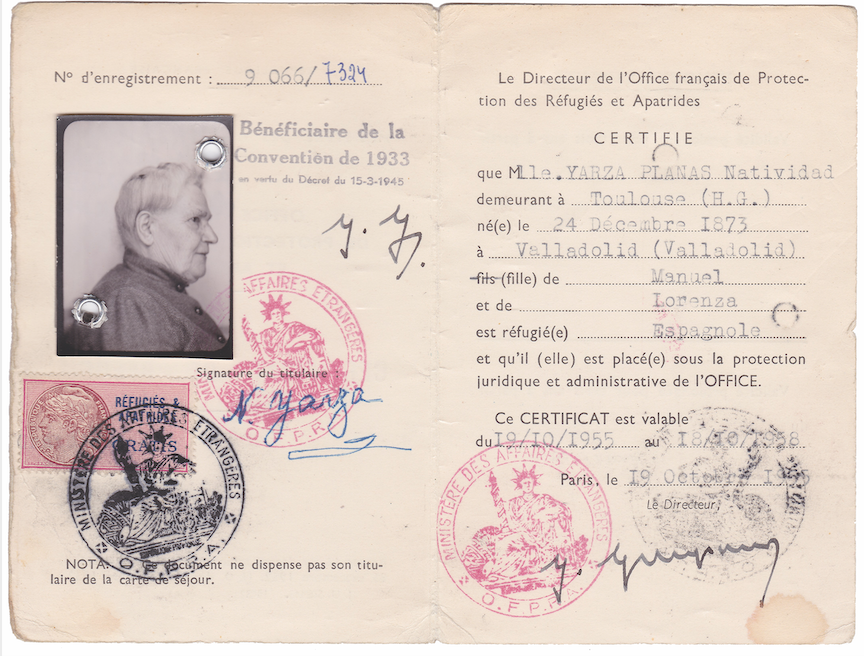Exhibitions
The cinematic look of Isidre Manils
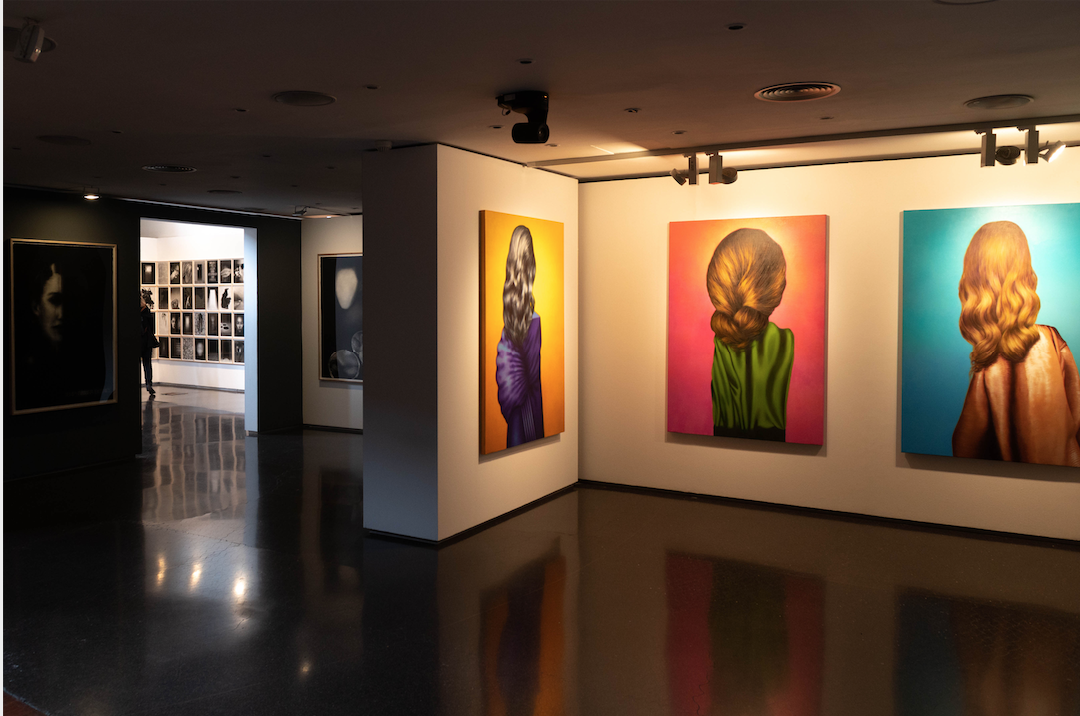
With Not a fair image, but just an image – a title that alludes to a famous phrase by Jean-Luc Godard–, the Cultural Center-Llibreria Blanquerna in Madrid and the Vila Casas Foundation propose to vindicate the work of Isidre Manils (Mollet, Barcelona, 1948) and dedicate an exhibition to him that addresses an imaginary that exudes this cinematic look that always wants to evoke his creation. He embraces different aspects of his career by intertwining points of encounter between the various supports in which the painting is expressed. The exhibition, curated by Natàlia Chocarro, is part of the collaboration agreement between the two institutions in order to give greater exposure to the creators of the Foundation's art collection in Madrid.
If painting has influenced cinema in its structural conception and usually there are many filmmakers who have been inspired by painting as the creation of the image, in this case the plastic artist is the one who uses cinema to conceive with eyes of camera For Isidre Manils, cinema and painting are the two great arts of looking; two concepts that merge in his work.
His discourse drinks directly from the sources of the photographic, cinematographic and advertising image, which he fragments according to a selective vision, which picks and chooses particularities and which freezes in time and space as if they were sharp focuses of cinematographic frames . The influence of cinematography on the artist comes from his early experiences in the Ateneu de Mollet del Vallès cinema, which his grandfather owned. It was there, in the 1950s and 1960s, that the films that were projected in the family room shaped the entire creative corpus that years later would explode in the form of painting, which is why even today he confesses that he, in reality, wanted make movies "I feel more aesthetically influenced by the cinematographic image than by the visual arts." He explains that in shaping his worldview, Alfred Hitchcock has had more weight than Pablo Picasso and that cinema has transformed his perception. He goes on to say that "if I had then had the technical facilities that exist now, with digital media, I might have continued. But all the technical elements, like the super-8, were very precarious and expensive and moreover the cinema demands a collective action in which I have never felt very comfortable. I prefer intimate work, painting in the studio that is done almost in secret."
Isidre Manils' artistic career has been intense and he has used the world of cinema, design and Polaroid as research instruments. After passing through a short pictorial stage, at the end of the sixties he connected with the conceptual world with proposals based on the photographic still image and cinema, which are the background of his paintings. He joined conceptual art in an enthusiastic way for what it represented as political protest, at the same time that it served him to distance himself from the informalist influence. The first individual he made was of polaroids and already at the end of the seventies he resumed painting by capturing those previous images of conceptual echo, but with an approach to pop-art effectism and with hyperrealistic results. Around 1985, with the influence of German neo-expressionism and the Italian trans-avant-garde, he changes his dynamic towards the treatment of the stain and the decomposition of the image. Gradually, he leaves the expressionist language and returns to a slower, rested and precise way of working with which he has become increasingly identified. Since 1987, he has again developed an interest in dividing objects and images and decontextualized details, the origin of which starts from the richness of the different visual communication media. Since then he continues to investigate the part and the segment to which he adds value by turning it into an evocation of the whole that we do not see, an insinuation or an allusion to the whole. It gives a lot of importance to what is hidden, to what we sense and know is there, but we don't get to see.
Painting is considered as a screen where things happen; however, there is a big difference with cinematographic images since what interests Manils is the still image. And just like cinema which is light projected onto a white surface, his painting also has no matter. Different parts of the body (eyes, lips, hair, skin...) treated with artificial and paradoxical colors that seem taken from a laboratory, shape his iconography, charged with a disturbing mystery and possessed by a shocking static struggle.
The exhibition Not a fair image, but precisely an image presented by the Cultural Center-Libreria Blanquerna includes more than a hundred works. The title refers to the need to find new images, running away from established and mimetic ones. A set of drawings made with the technique called "a la mode negra" stands out, which allows you to cover the entire paper support with Siberian charcoal and then remove and draw with an eraser to make the image emerge. As if they were apparitions, he plays with chiaroscuro, with lights and shadows, in a concealing and revealing. A material lightness that Manils describes as trying to create light from darkness. "It's a matter of both film and painting, and it allows me to play with adding and removing matter."
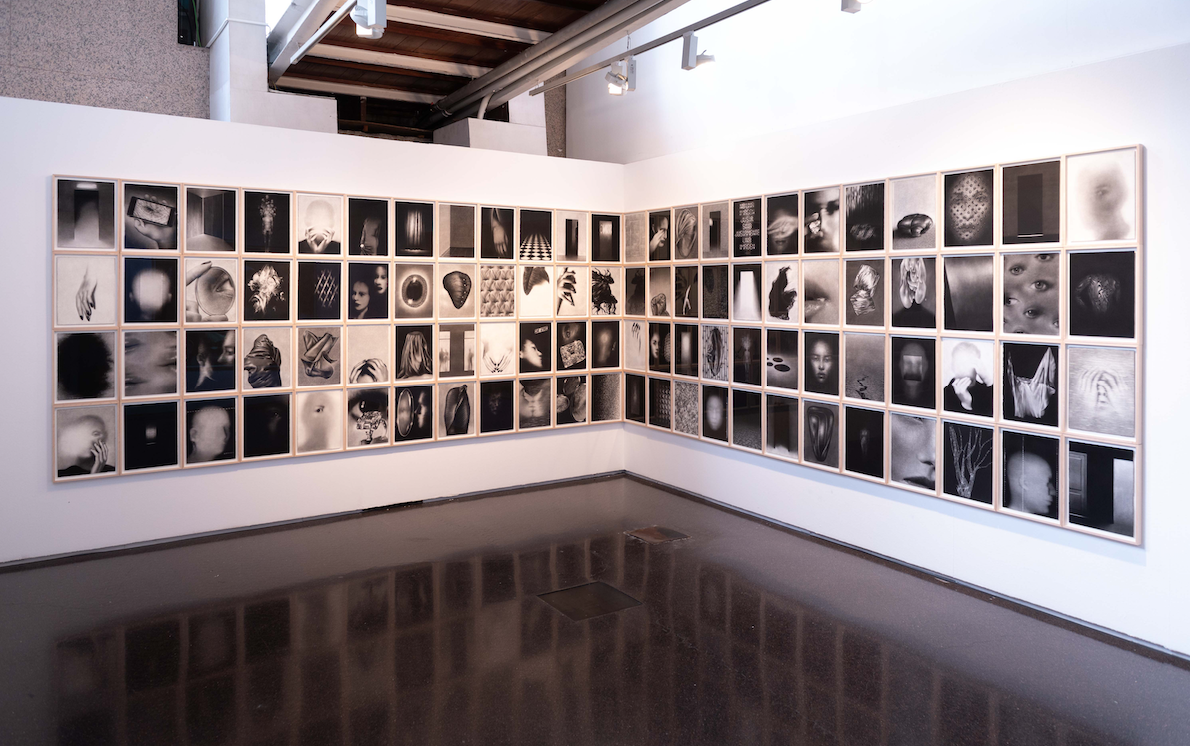 Vista exposició Isidre Manils. No una imatge justa, sinó justament una imatge. Cortesia Centre Cultural-Llibreria Blanquerna
Vista exposició Isidre Manils. No una imatge justa, sinó justament una imatge. Cortesia Centre Cultural-Llibreria Blanquerna
A selection from the Acoblaments series is also on display; associations of apparently unrelated images – to avoid obviousness – but which have in common the bluish patina of the television screen where he photographed them. In turn, the Palimpfest suite illustrates the artist's way of working, who keeps clippings from magazines and newspapers in the workshop for later manipulation, looking for links between them. He plays with form and light by building images from much more complex and mysterious ones, hiding some fragments and making others emerge. Of the painting technique, it should be noted that it is flat and in which the imprint of the brushstroke is not appreciated; as if the paintings were frames from a film.
His career of more than fifty years could be seen in detail a year ago in the Fora de camp exhibition which, also curated by Natàlia Chocarro, was presented at the Can Framis Museum. After his last monograph in 2008, he reviewed the last decade of production with a selection that evidenced the plastic investigations in this intermediate territory between cinema and painting.
In 2015, the Vila Casas Foundation started a project to outsource exhibition projects of a series of artists who, represented in their collection, allowed them to establish alliances with other centers and institutions from all over the territory In this context of wanting to emphasize the value of our artists, and with the desire to contribute to the country's artistic gear, it has signed a collaboration agreement with the Cultural Center-Llibreria Blanquerna in Madrid. Thus, the Foundation extends its radius of action in Madrid to offer an annual exhibition until 2026, coinciding with the celebration of the ARCO fair. The aim is for Catalan artists to have more presence and more visibility in Madrid.



